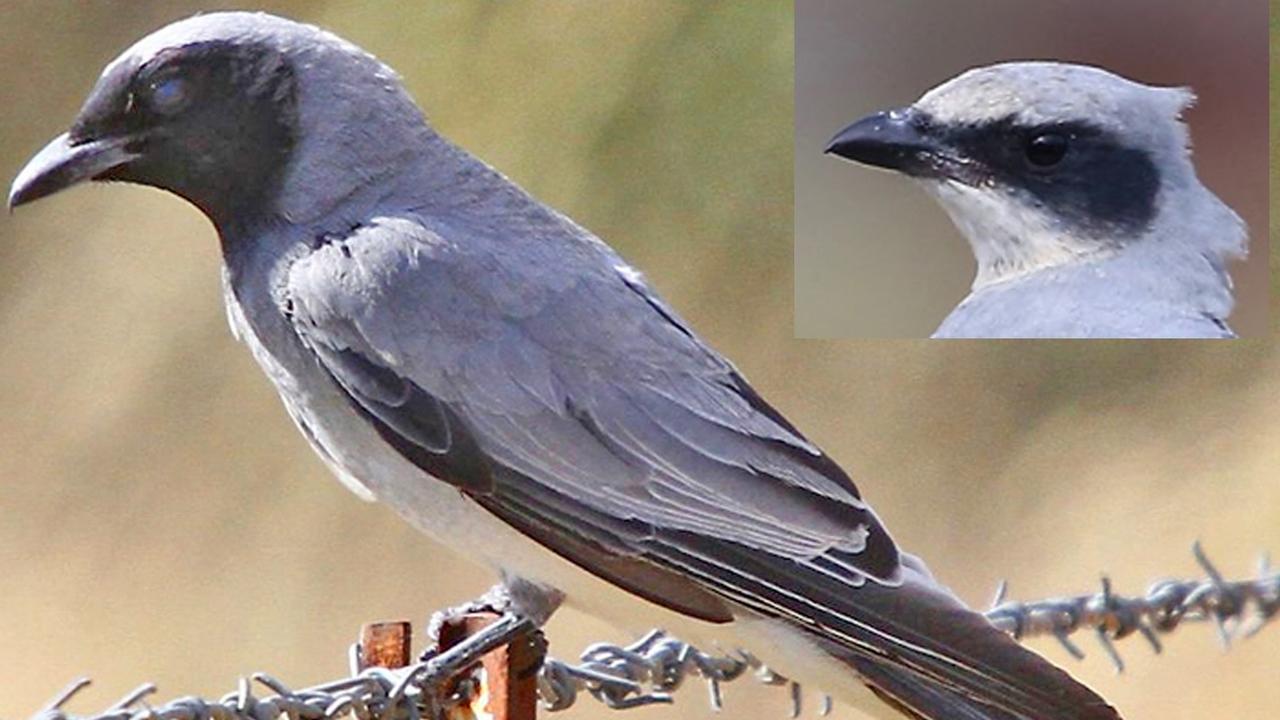
Birdlife Capricornia Learn more about the blackfaced cuckoo shrike with Allan Briggs The
Size: 30-36 cm Weight: 90-145 g Similar species Description Classification Distribution Sightings Photos Breeding Nest Eggs Behaviour Food Call/s Photos Race "melanops" ADULT Sex unknown Frontal view of a Black-faced Cuckoo-shrike [ Eulah Creek, NSW, August 2017] Frontal view of a Black-faced Cuckoo-shrike [ Eulah Creek, NSW, June 2012]

blackfaced cuckooshrike (Birds of the Warrumbungles Nandi Reserve) · iNaturalist
Coracina SPECIES Coracina novaehollandiae The black-faced cuckooshrike ( Coracina novaehollandiae ) is a common omnivorous passerine bird native to Australia and southern New Guinea. It has a protected status in Australia, under the National Parks and Wildlife Act, 1974. Show More Te Terrestrial Mi Migrating B starts with Appearance

Blackfaced Cuckooshrike The Australian Museum
Black-faced Cuckoo-shrike Coracina novaehollandiae Species No.: 424 Band Size: 06 Morphometrics: THL: Wing 189 - 202 mm. Weight 86.5 - 148.0 g Ageing: Juvenile - Brown and fluffy. Immature (1) - Head, neck and breast differ from adult plumage - see drawings Adult (2+) - Adult plumage attained when approximately 1 year old.

Blackfaced Cuckooshrike Stock Photo Download Image Now iStock
Black-faced Cuckoo-shrike Did you know? Cuckoo-shrikes are neither cuckoos nor shrikes, but are so called becaues their feathers have similar patterns to those of cuckoos and their beak shape resembles that of shrikes. Calls The call most often heard is a soft churring, often being described as a warbling "creearck". play stop mute previous next
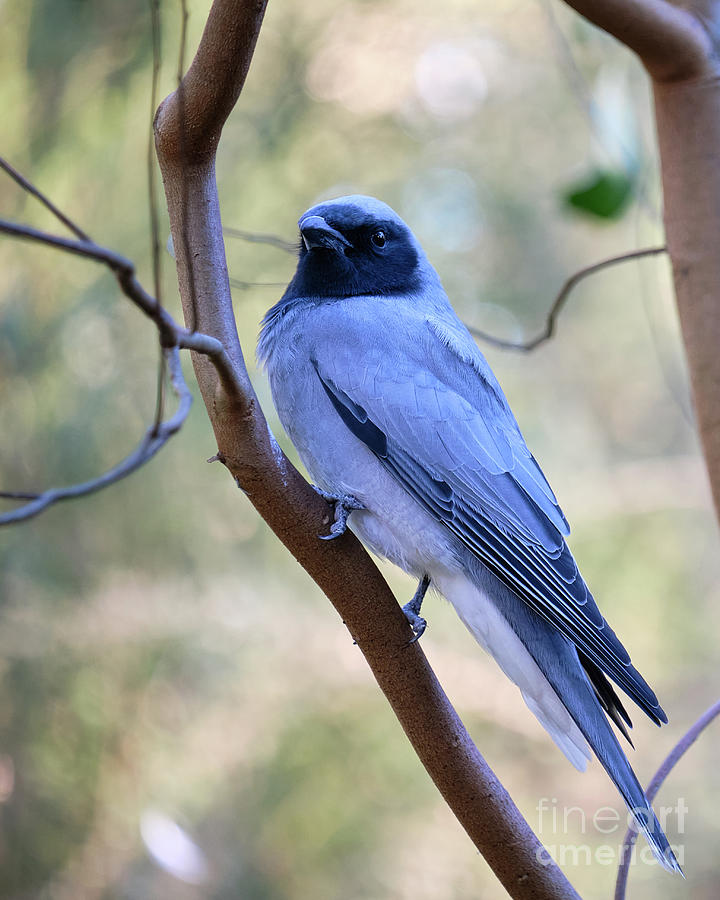
Blackfaced Cuckooshrike Photograph by Neil Maclachlan Fine Art America
Coracina novaehollandiae (Black Faced Cuckoo Shrike) is a species of birds in the family cuckoo-shrikes. They are found in australasia. They are diurnal. They have parental care ( occasionally breeds cooperatively ). They rely on flight to move around. Known occurrences, collected specimens and observations of Black-faced Cuckoo-shrike.
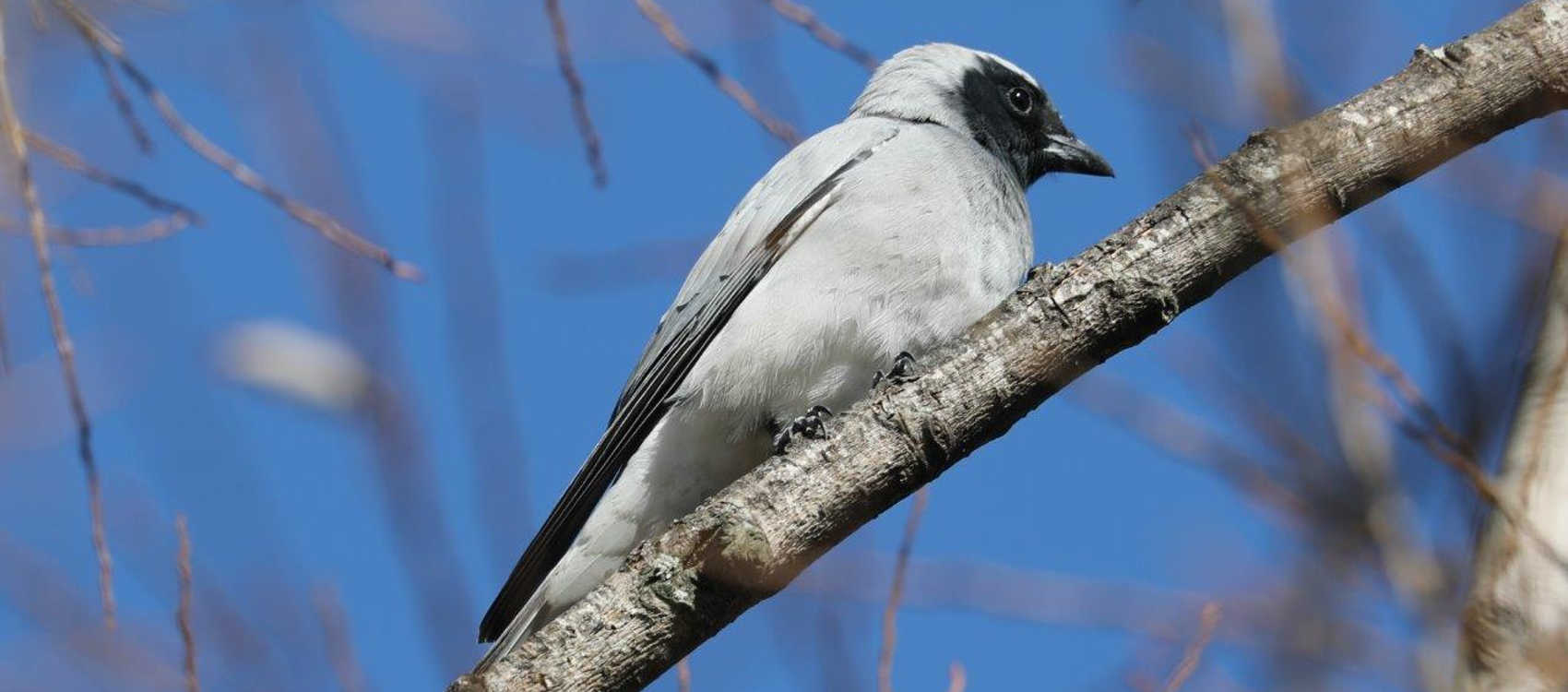
Visit Centennial Parklands Blackfaced Cuckooshrike Centennial Parklands
Black-faced Cuckooshrike - Coracina novaehollandiae - Birds of the World Macaulay Library eBird Watch Black-faced Cuckooshrike Coracina novaehollandiae LC Least Concern Names (20) Subspecies (3) Barry Taylor and Arnau Bonan Version: 1.0 — Published March 4, 2020 Text last updated December 26, 2012 Sign in to see your badges Account
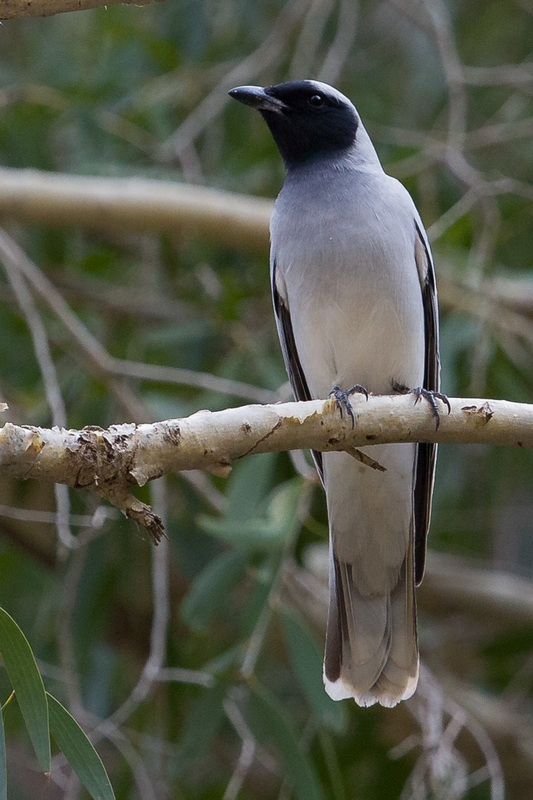
CuckooShrike Adelaide Ornithologists' Club
Description The Black-faced Cuckoo-shrike is a large bird of 30-36cms which is widespread and commonly found in wooded habitat with the exception of rainforests. They have white underparts, blue-grey back, wings and tail and a black face and throat.
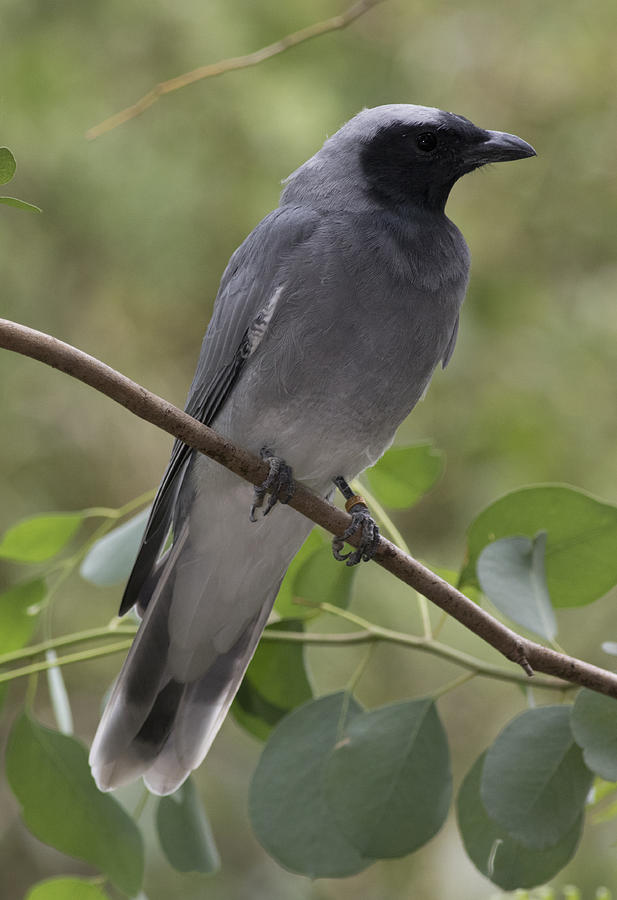
Blackfaced Cuckooshrike Photograph by Masami Iida Fine Art America
The Black-faced Cuckoo-shrike is a fascinating bird found in wooded areas throughout Australia. Despite its name, it is neither a cuckoo nor a shrike, but rather earns its name due to the resemblance of its feathers to cuckoos and its beak shape to shrikes. These birds are known for their small nests, which are constructed by both partners.
Blackfaced Cuckooshrike (Coracina novaehollandiae) Shellharbour City Council
The Black-faced Cuckoo-shrike is a regular visitor to Canberra gardens, while the White-bellied Cuckoo-shrike (14 records) and the Cicadabird (2) are much less so. Black-faced Cuckoo-shrike Coracina novaehollandiae. Black-faced Cuckoo-shrikes are common summer inhabitants of ACT woodlands. They forage in trees, and sometimes over open paddocks.
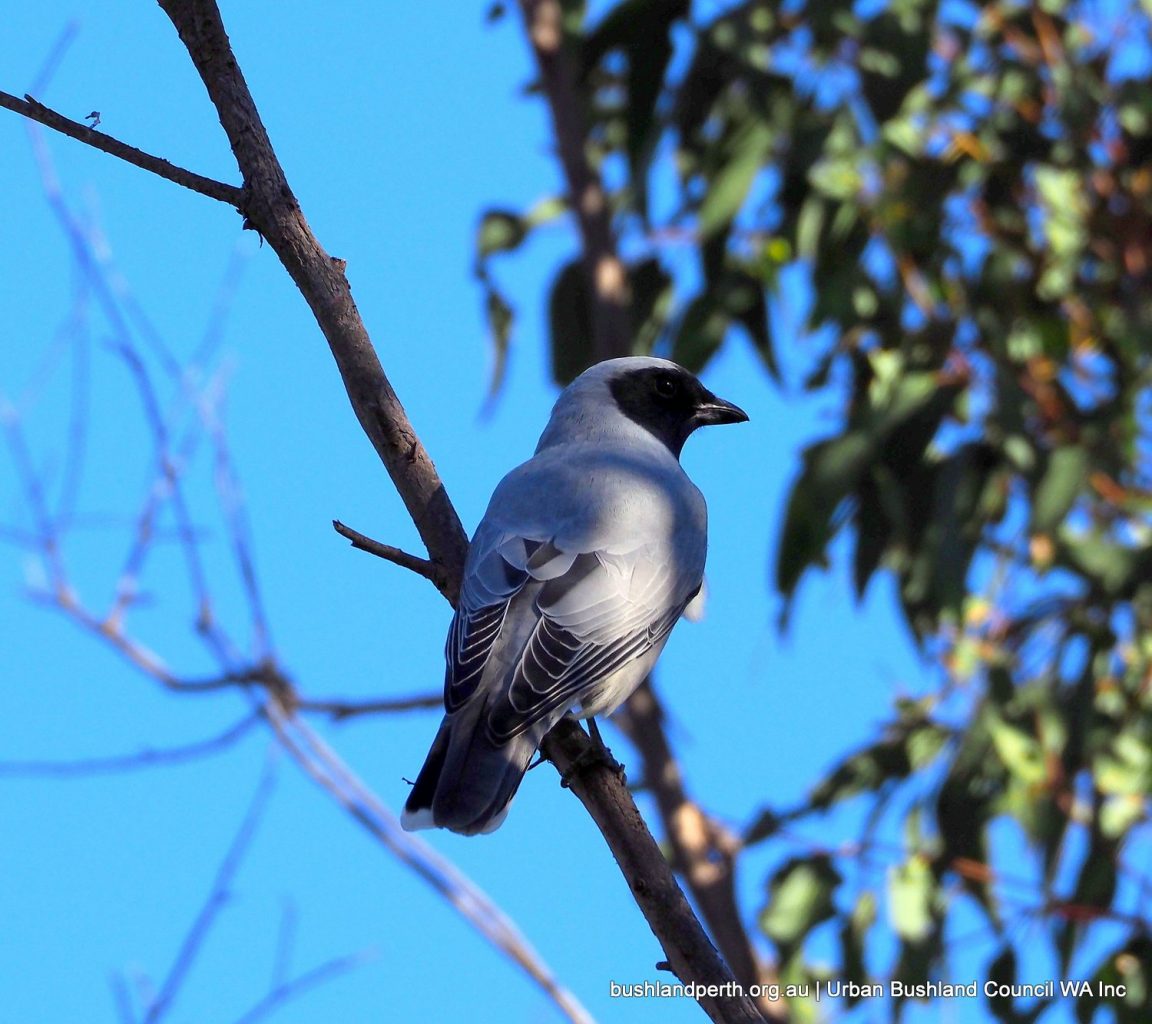
Our Fantastic Bushland Birds Urban Bushland Council WA
The belly is a paler grey. They have an unusual electronic buzzing kind of call and that is often the first indication they are around as they call when flying. Audio by Marc Anderson Juvenile bird Black faced Cuckooshrike 08102022
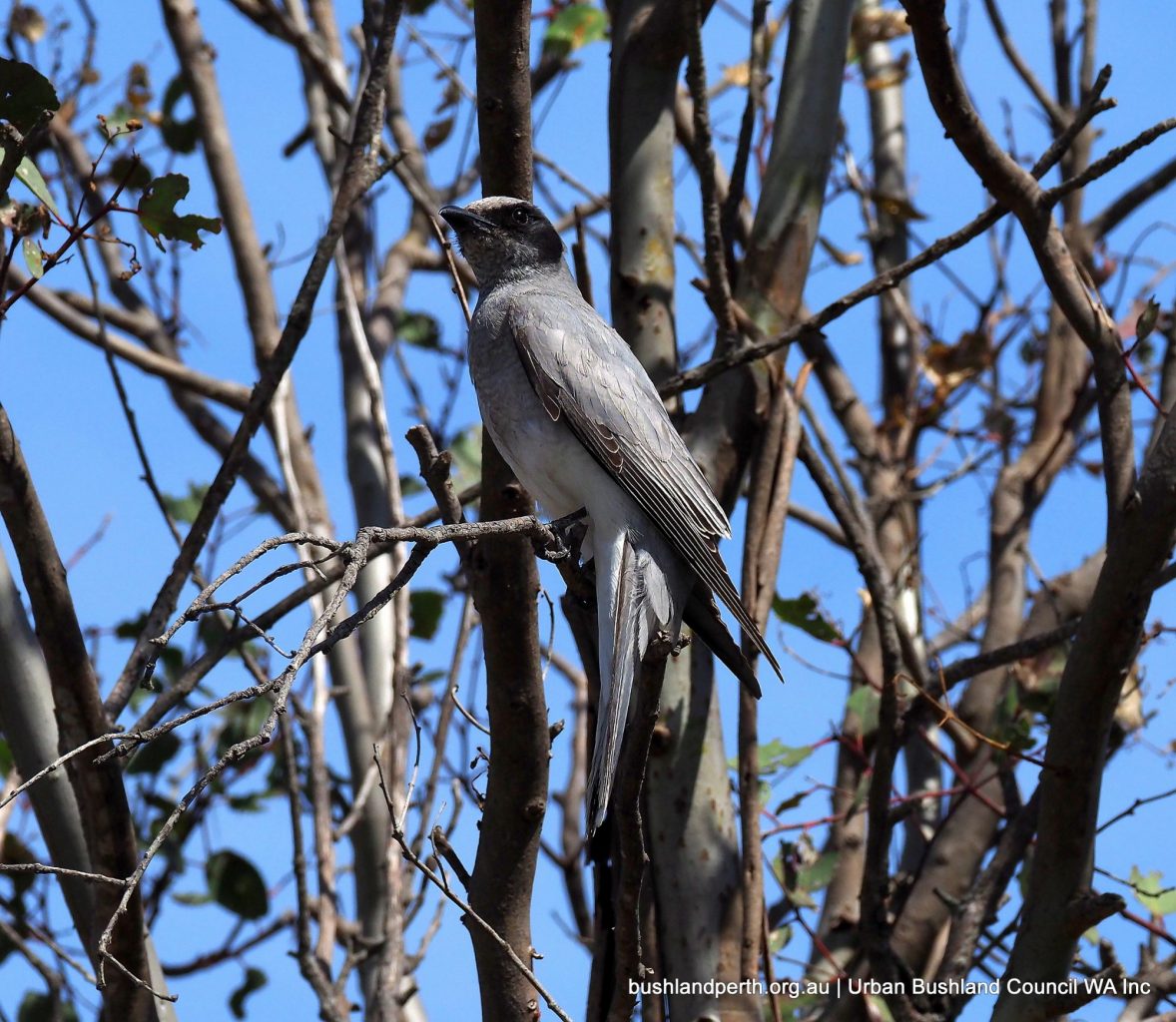
Baigup Wetlands Urban Bushland Council WA
Fledge in juvenile plumage and undergo a partial post juvenile moult to distinctive first immature plumage (see illustrations above);. Black-faced Cuckoo-shrike White-bellied Cuckoo-shrike Wing length: 189 - 202 mm; 148 - 175 mm; Wing span: 529 - 628 mm; 482 - 505 mm;.

CuckooShrike Adelaide Ornithologists' Club
The black-faced cuckoo-shrike is a medium-large slender blue-grey songbird with a prominent black face and throat in adult plumage. Immature birds have a significantly reduced area of black, largely confined to the region between the beak and the ear-coverts, appearing as a smudgy bandit mask. Cuckoo-shrikes have a distinctive flight behaviour.

Black Cuckooshrike eBird
Coracina novaehollandiae (Viewing 4 of 11 photos) Black-faced Cuckoo-shrikes are one of our most common birds and are found virtually everywhere in Australia except in rainforest or out on treeless plains.
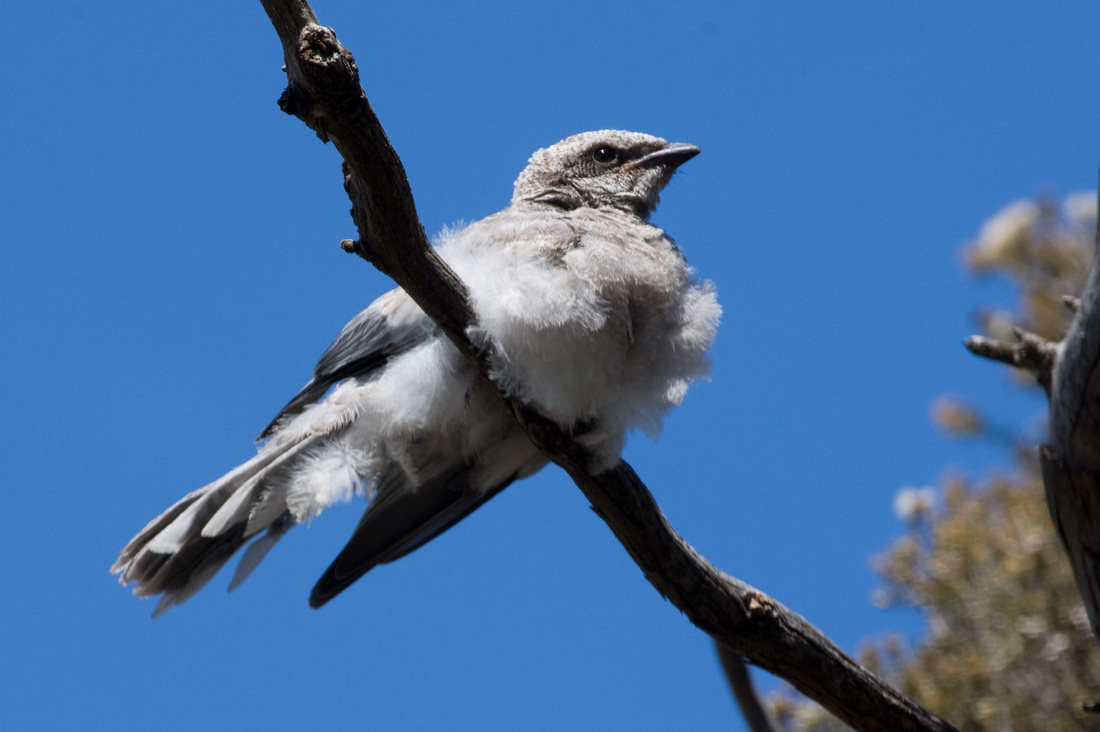
CuckooShrike Adelaide Ornithologists' Club
The Black faced Cuckoo Shrike is a common passerine across most of Australia. They inhabit woodland, grasslands and wetlands where they feed mainly on insects. They have a habit of 'shuffling'.

Blackfaced Cuckooshrike Stock Photo Download Image Now iStock
Black-faced Cuckoo-shrike. The following day a Black-faced Cuckoo-shrike returned and it was quite likely the same individual. It started in the same area and then moved to the water under our Billygoat Plum tree.The bird shuffled its wings as it landed and then after taking a long drink it moved into the shade for some time.

Blackfaced Cuckooshrike eBird
The black-faced Cuckoo-shrike is a common bird in suburban areas and is found throughout Australia where it is often seen perched on power lines. Juvenile inset. Photo: Contributed